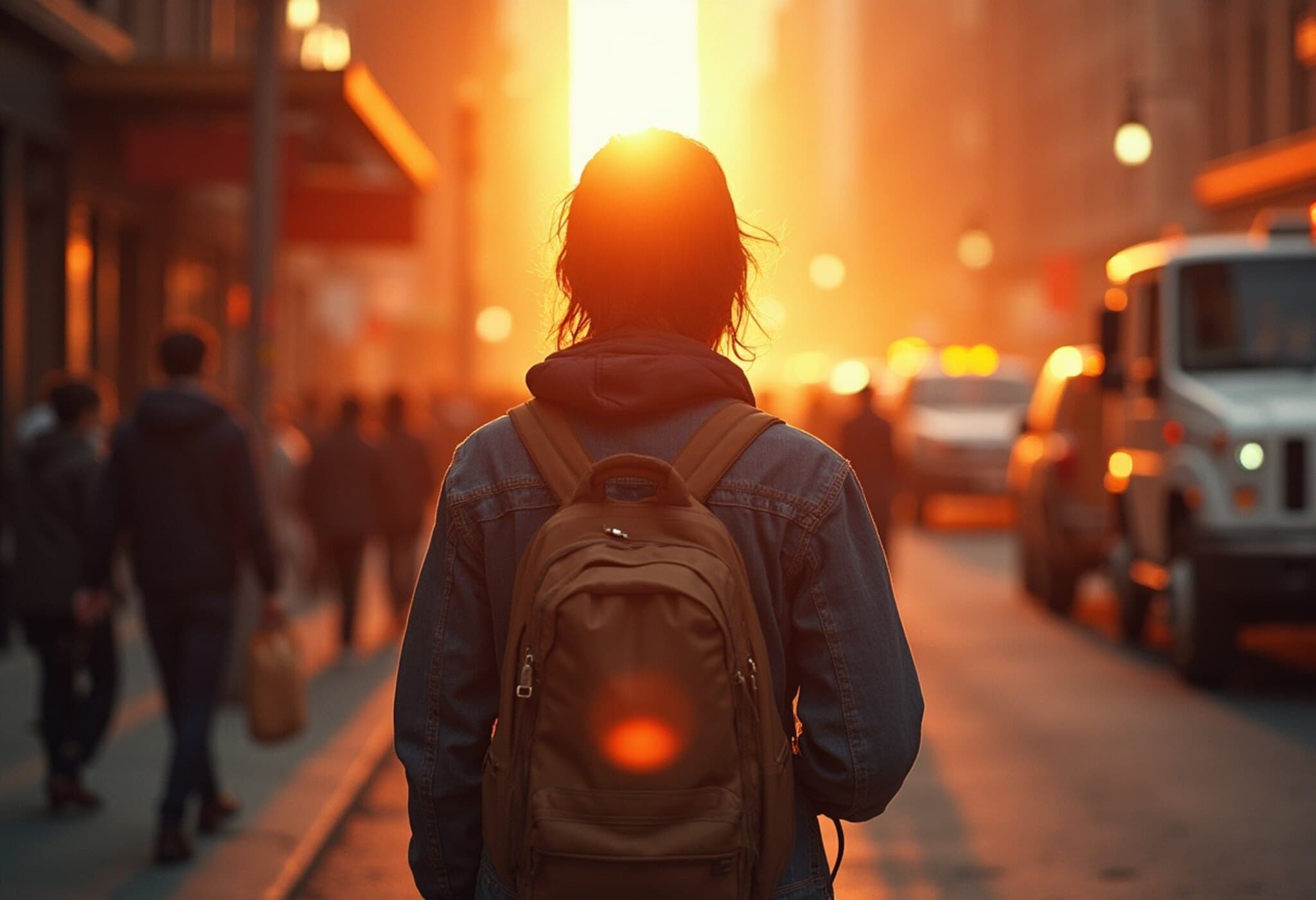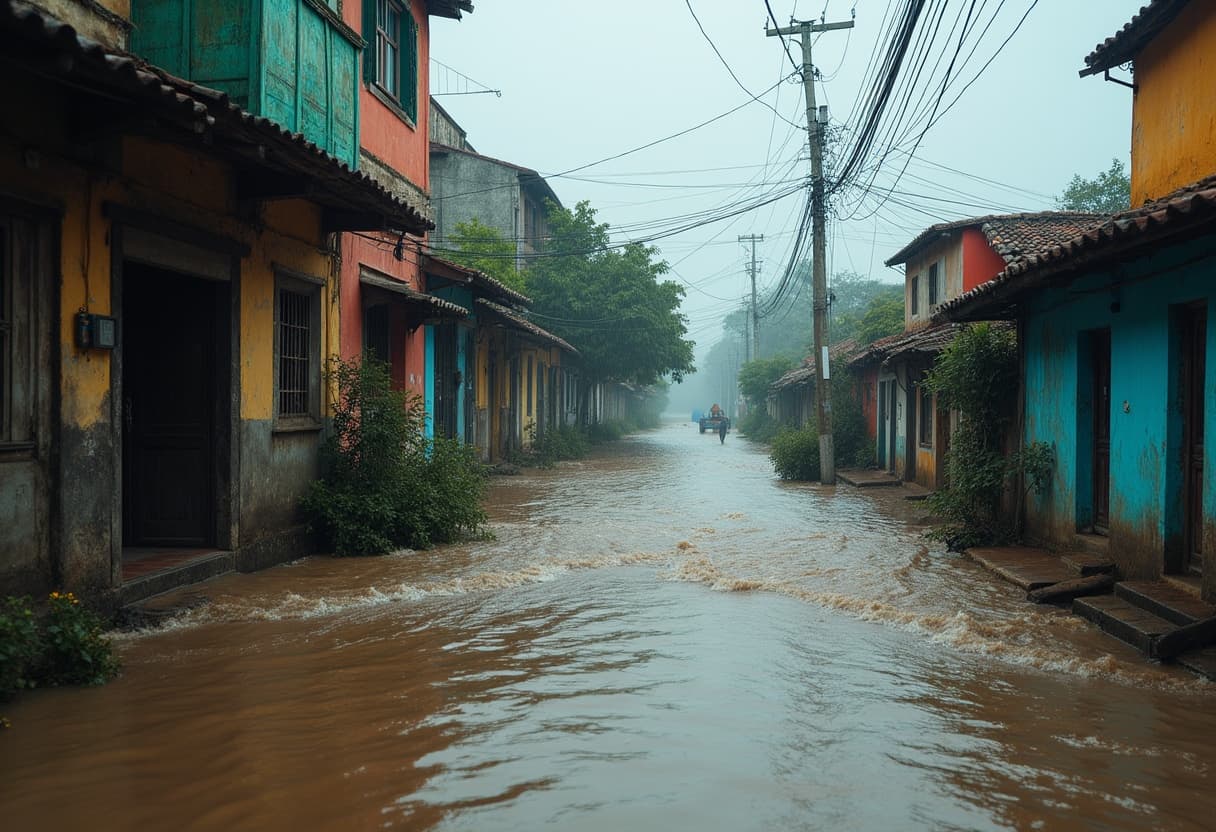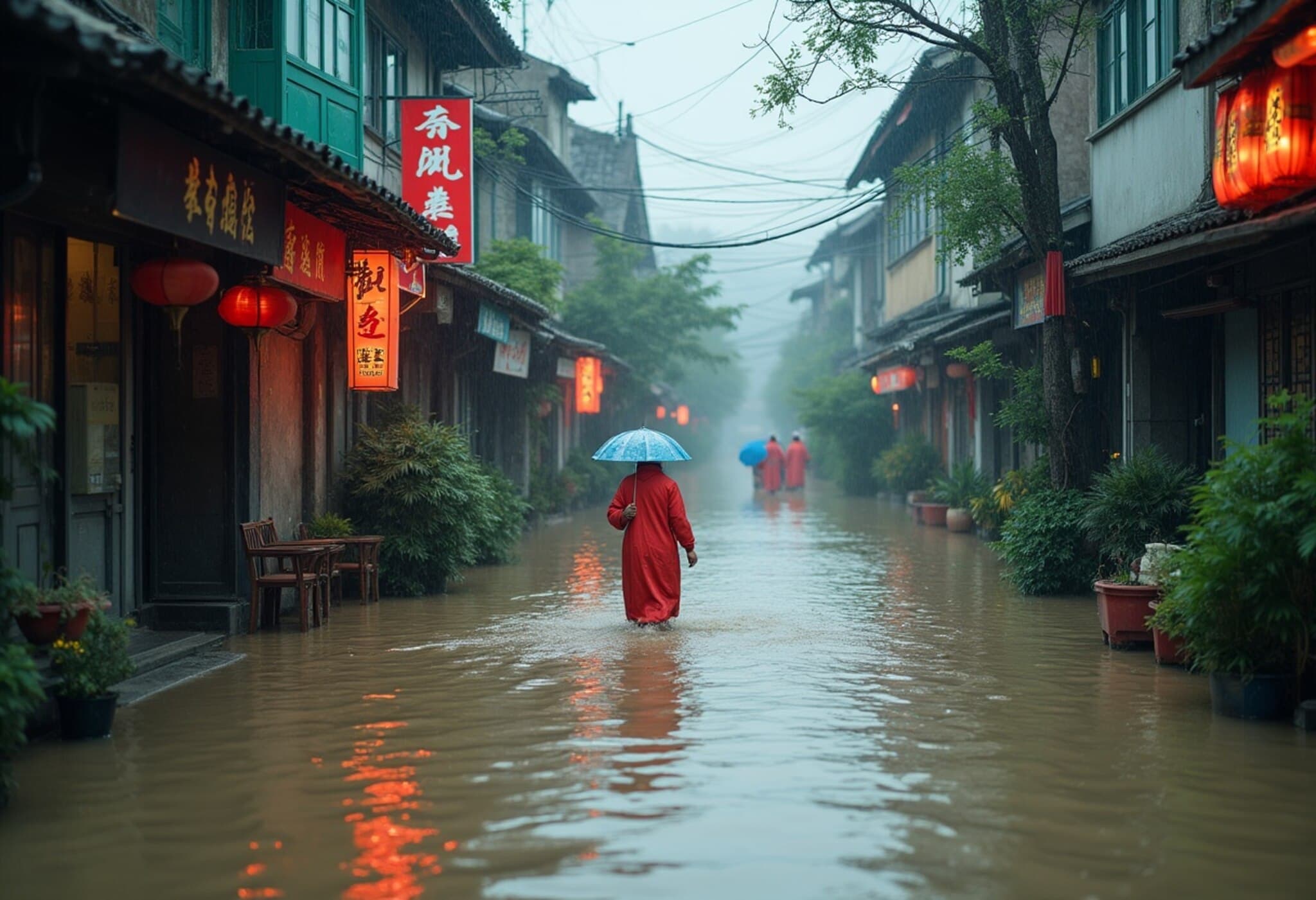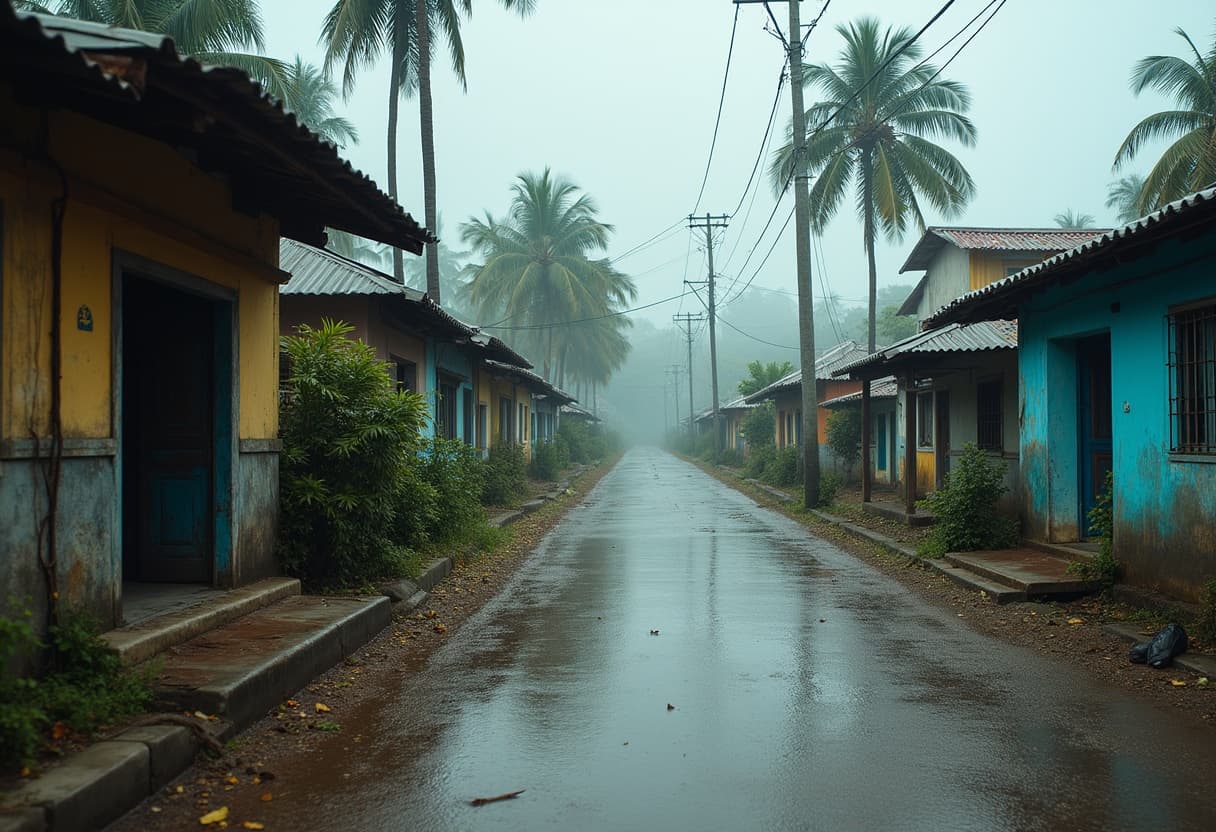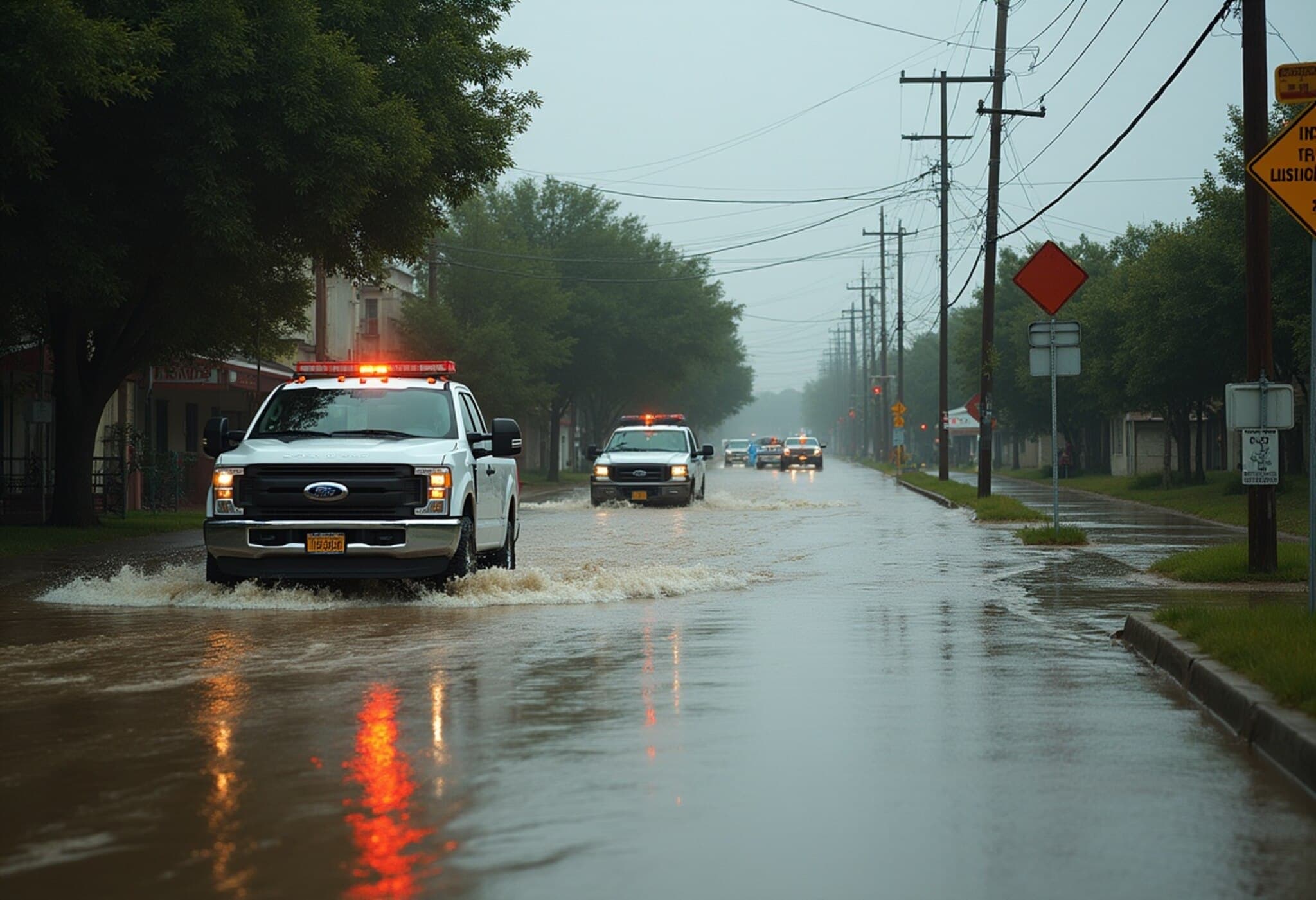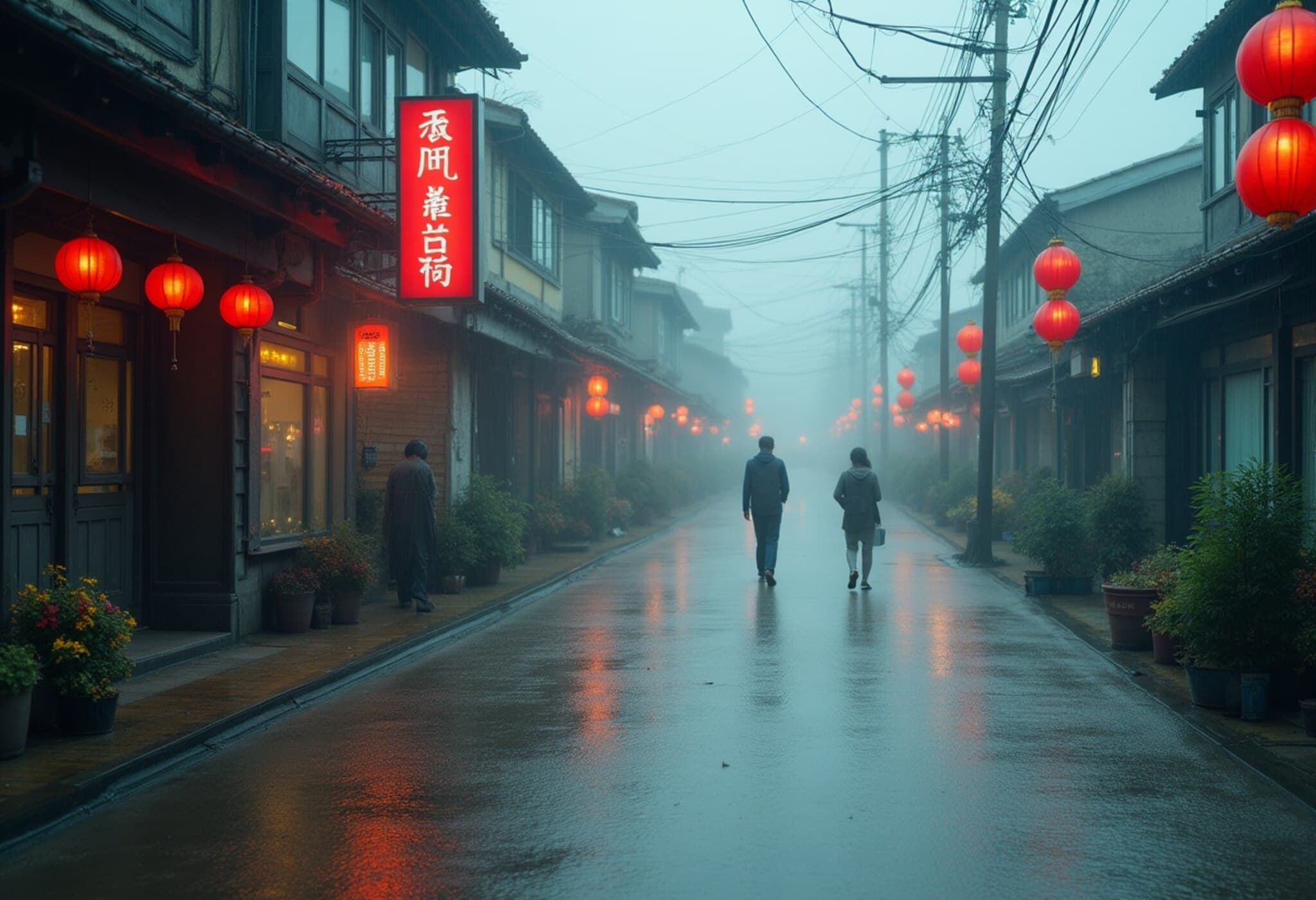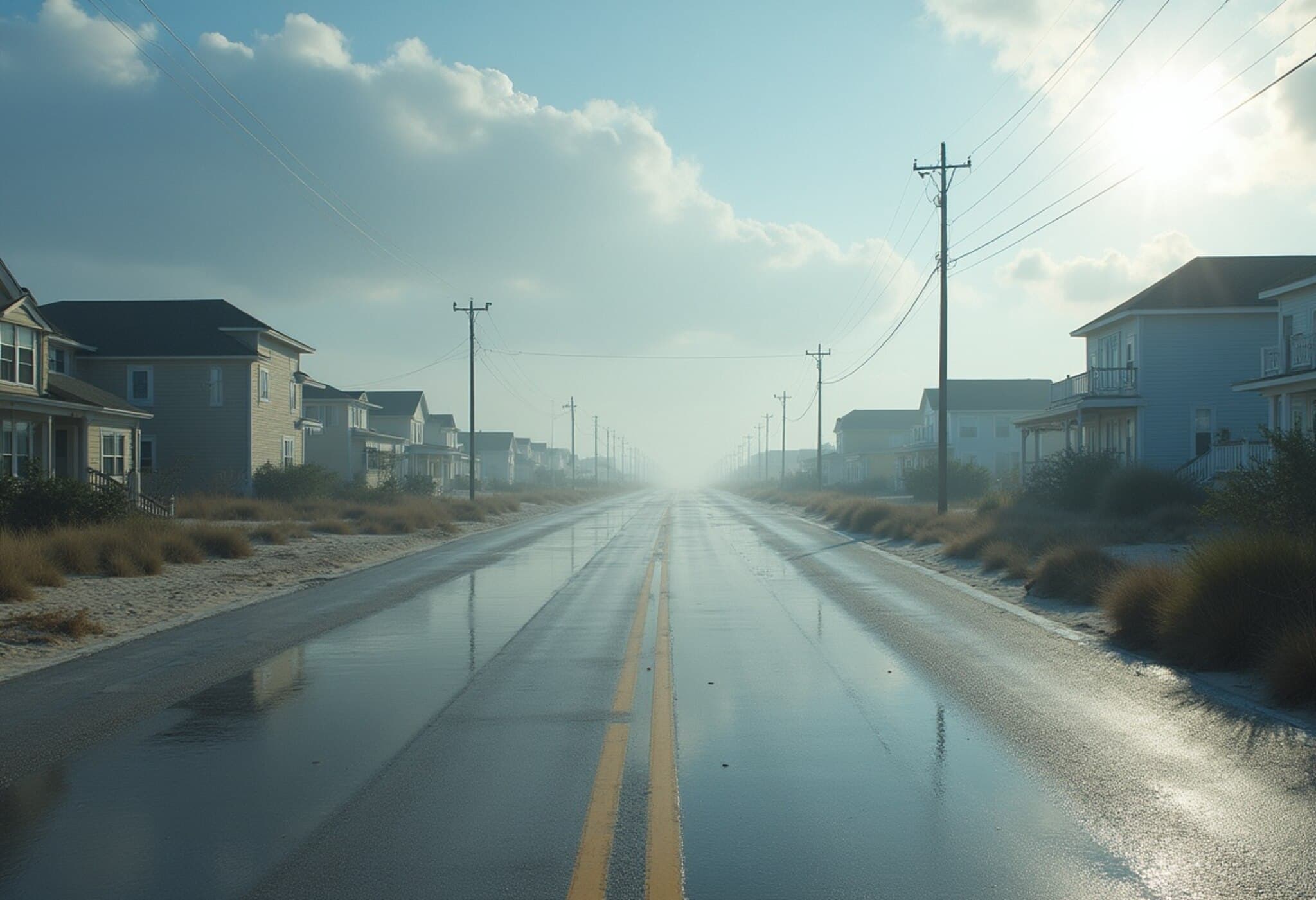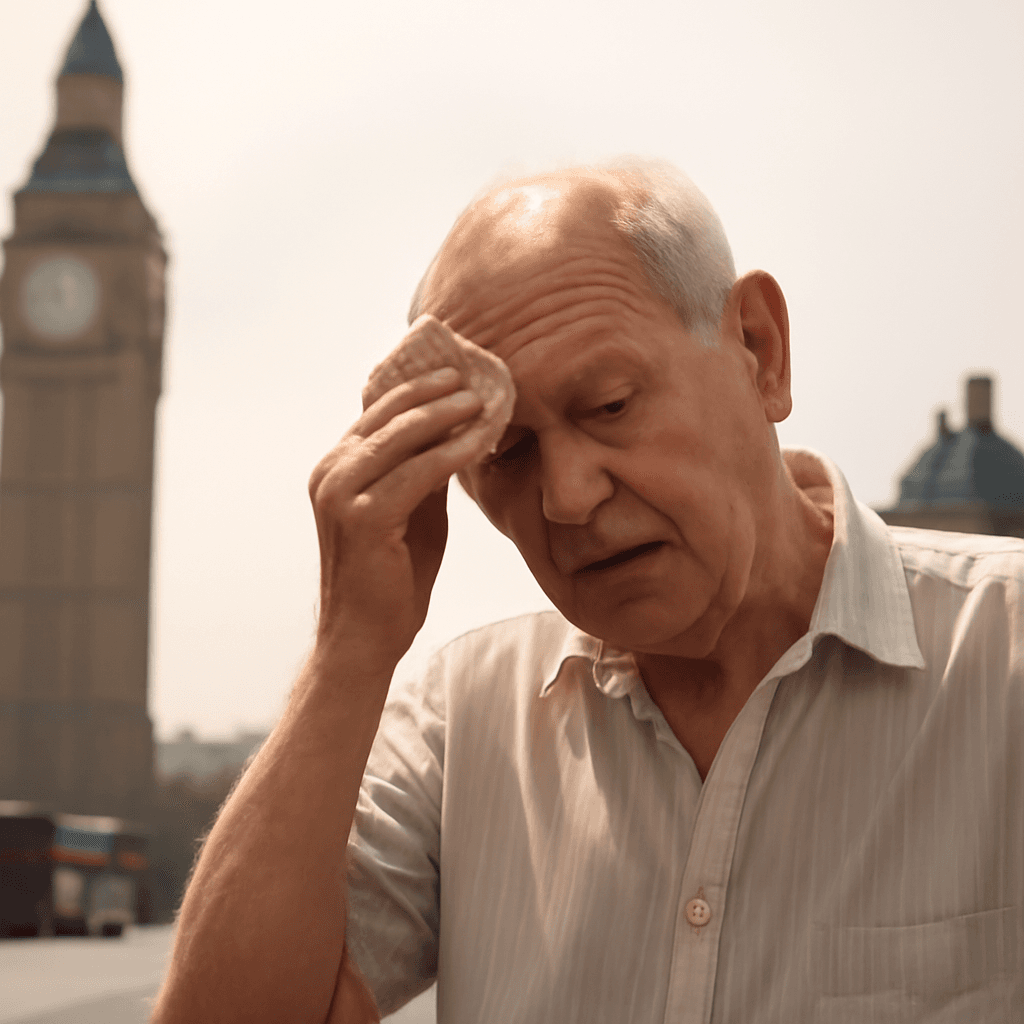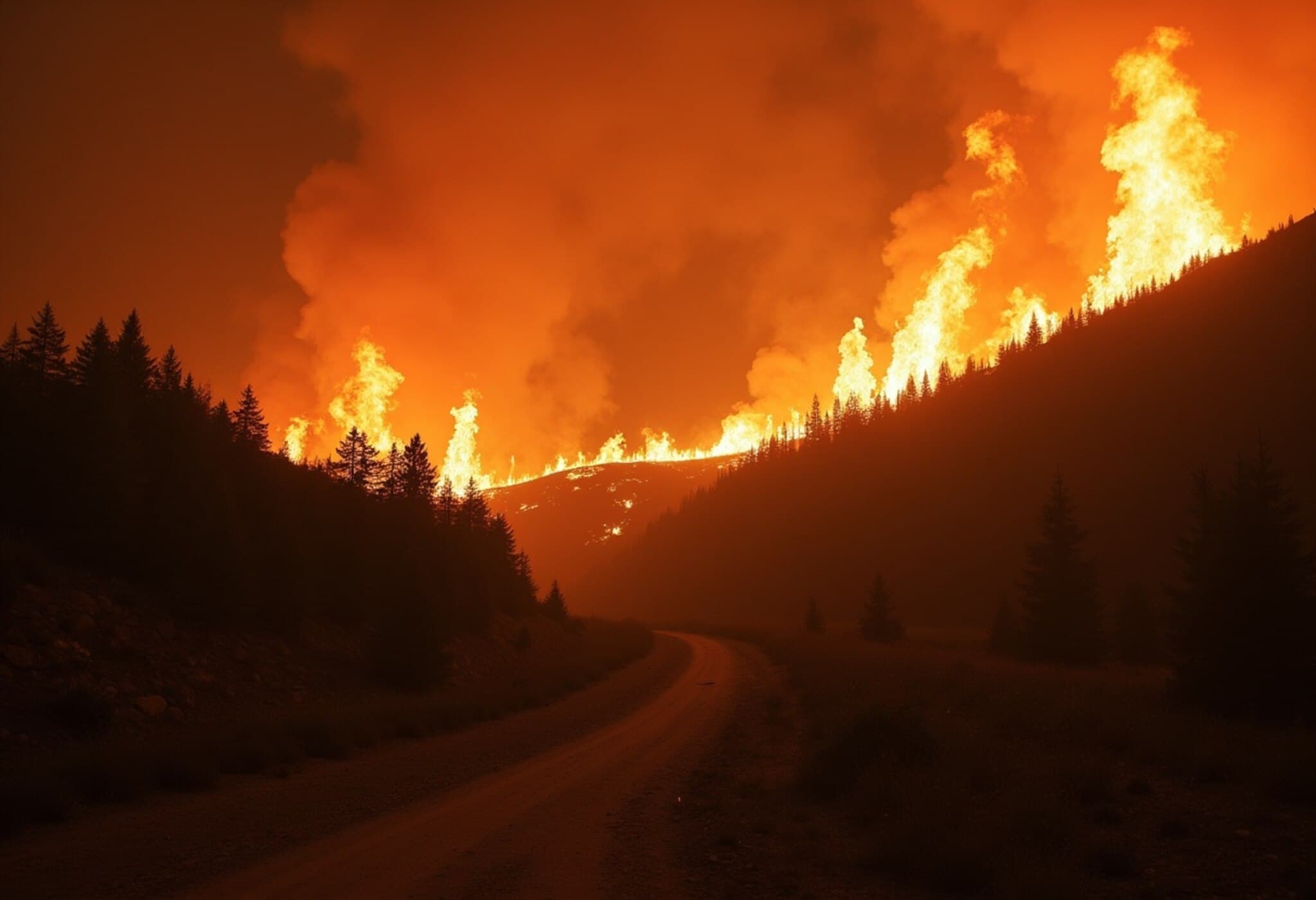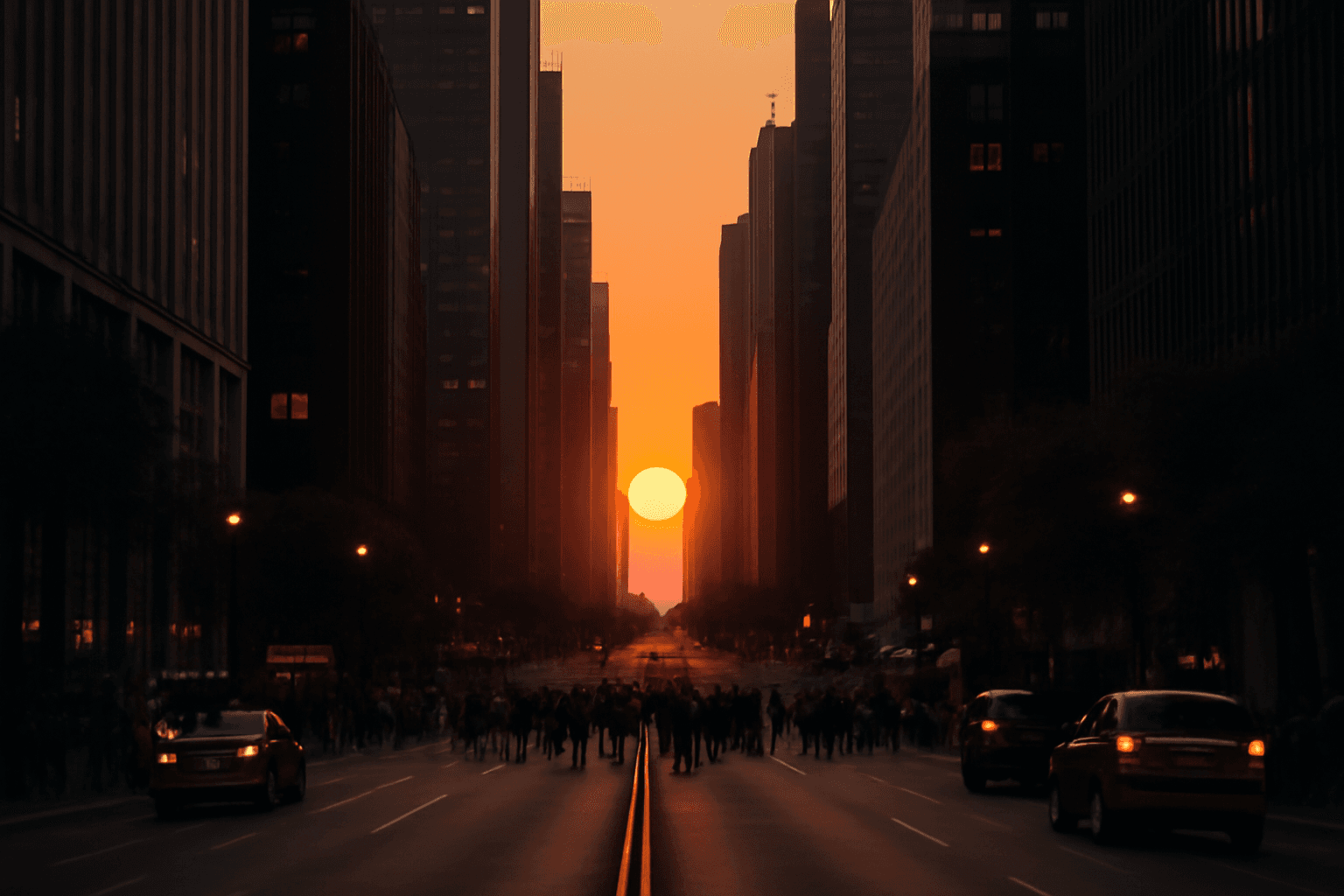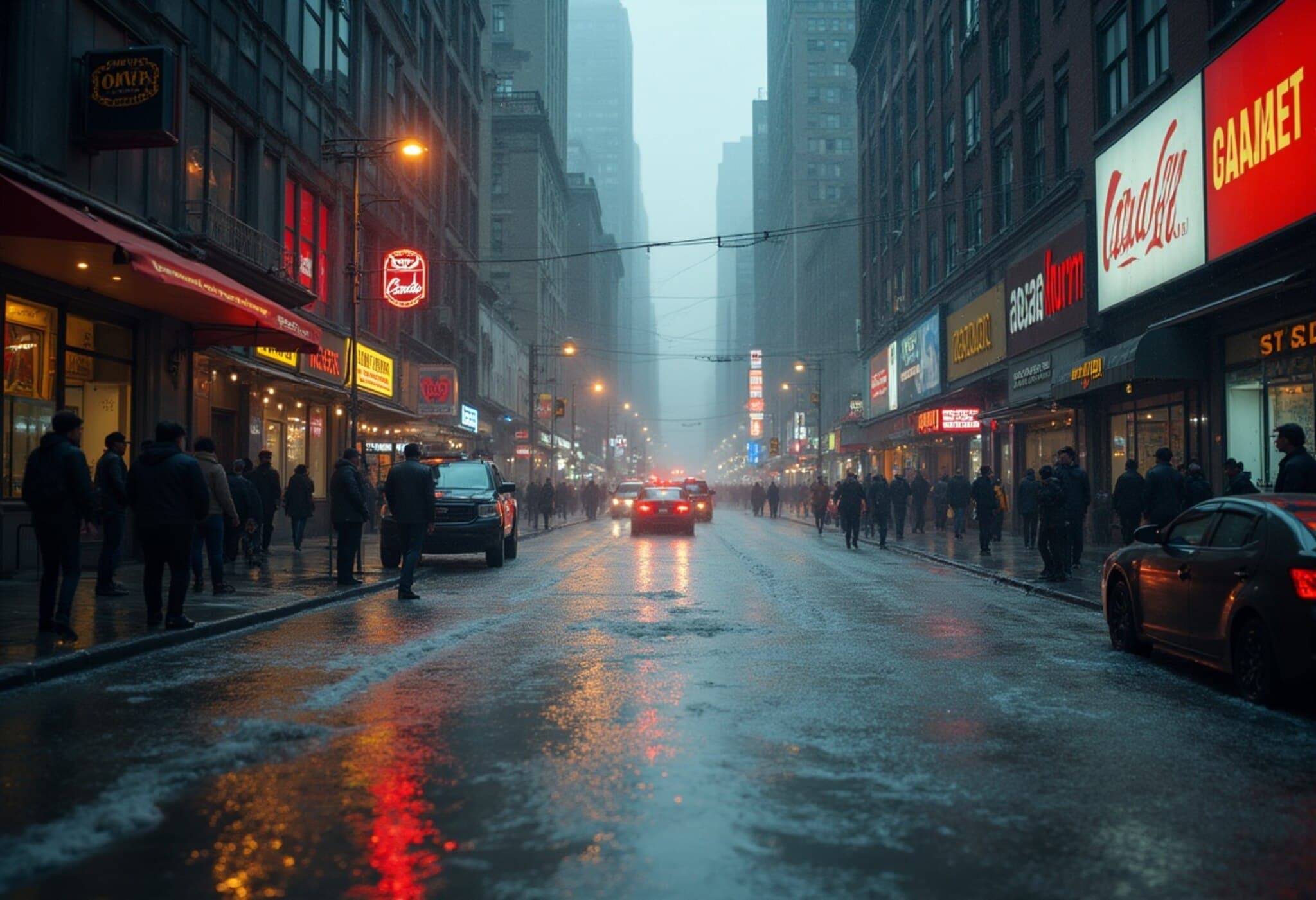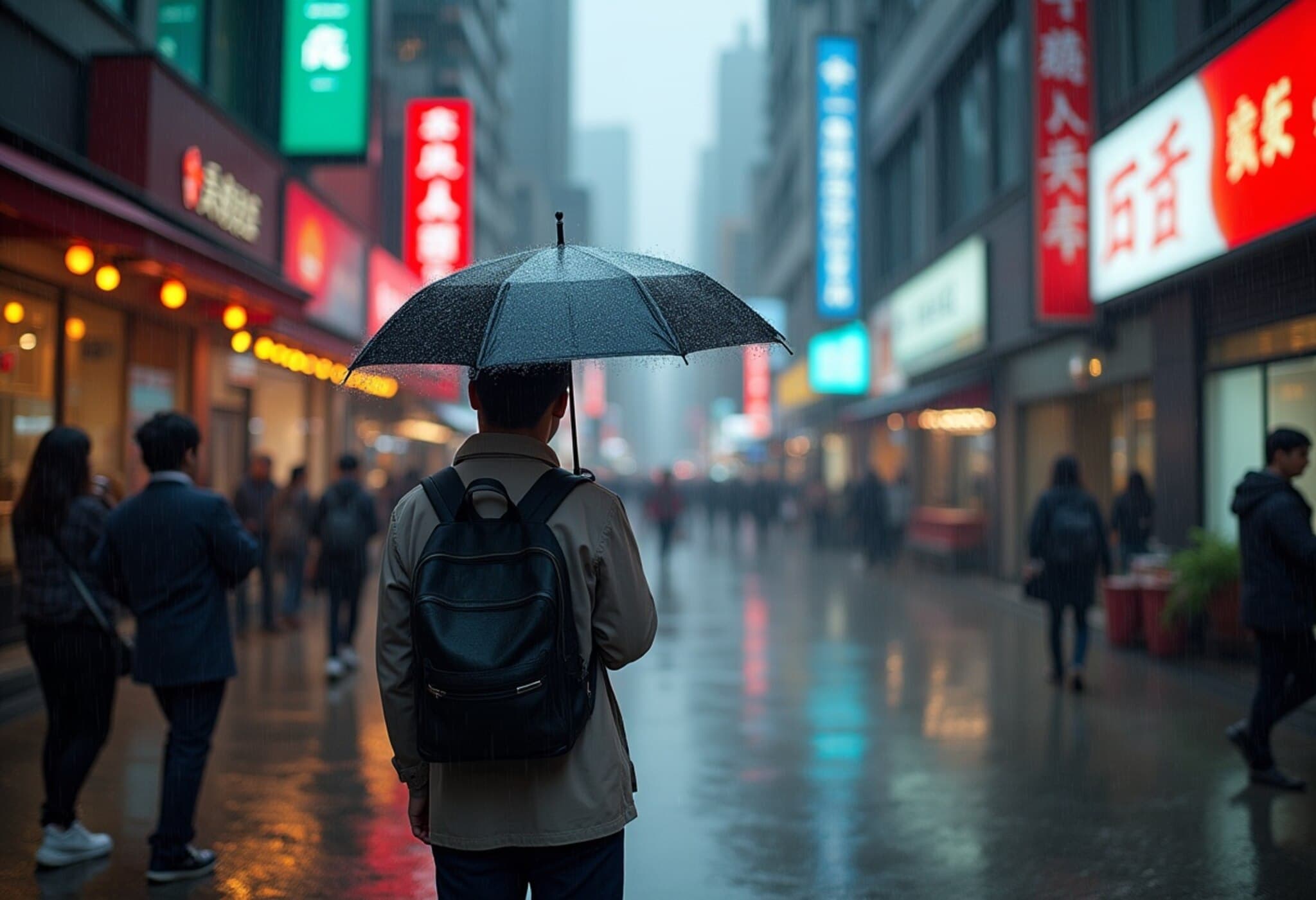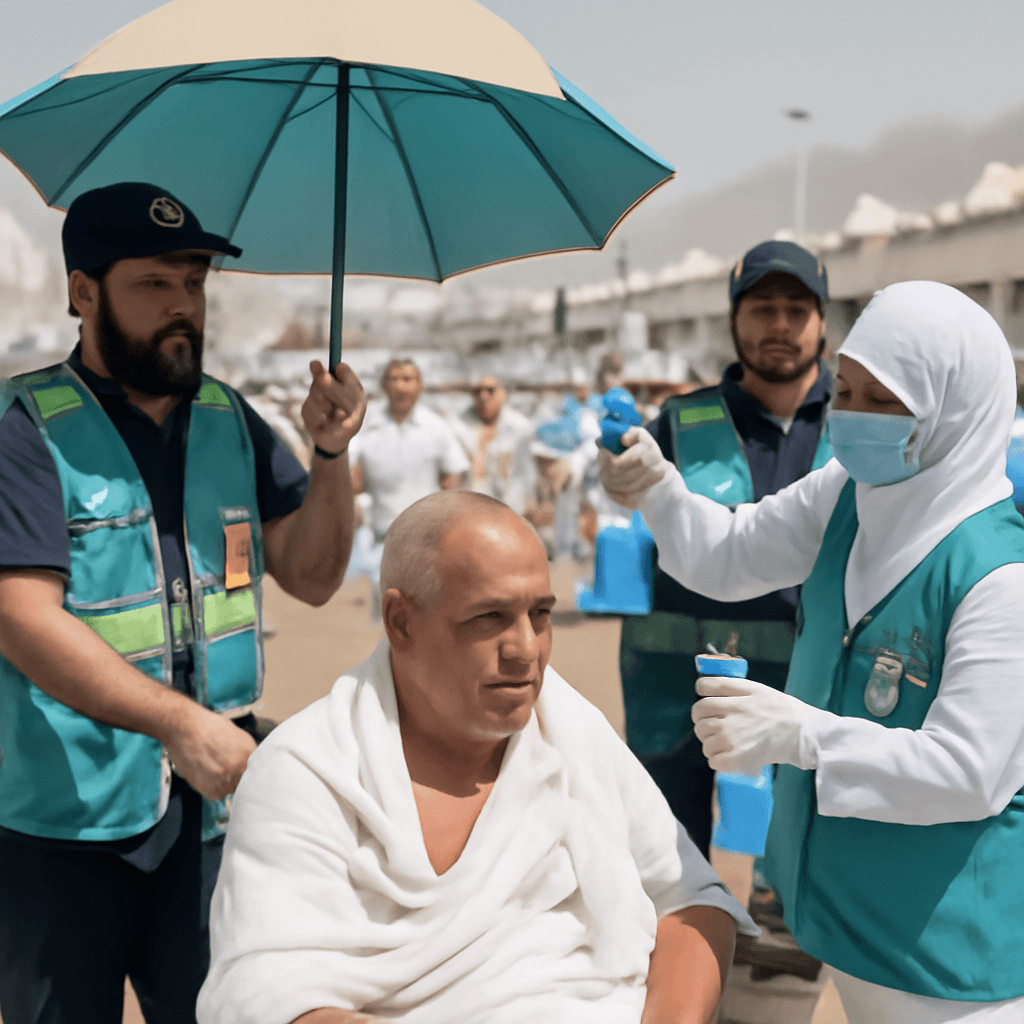Record-Breaking Heatwave Sweeps Across New York
As July 2025 reaches its peak, New York City finds itself engulfed in a relentless heatwave, pushing temperatures well above seasonal averages and testing the resilience of both its residents and infrastructure. This unprecedented surge in heat is more than just a discomfort; it poses significant health risks and pressures on the city's energy and emergency systems.
Residents and Tourists Battle the Sweltering Conditions
From crowded sidewalks in Manhattan to the bustling parks of Brooklyn, people are grappling with soaring daytime highs that often exceed 95°F (35°C), coupled with oppressive humidity. For tourists unused to such intense urban heat, the city’s summer charm quickly gives way to fatigue and dehydration concerns.
Local health officials have issued urgent advisories encouraging hydration, limiting outdoor activities during peak hours, and checking on vulnerable populations such as the elderly and young children.
Urban Heat Island Effect Amplifies Danger
Experts highlight the exacerbating role of the 'urban heat island' effect – where dense infrastructure and limited green spaces cause cities like New York to retain and intensify heat compared to surrounding rural areas. Asphalt, concrete, and glass surfaces absorb and radiate heat, making nighttime cool-downs rare.
Dr. Elaine Rodriguez, climatologist at New York University, explains, "Heatwaves such as this are a vivid reminder of climate change’s tangible impact on metropolitan life. Without increased investment in urban greening and sustainable design, these extreme temperatures will become the new normal."
Electric Grid and Public Services Under Strain
The surge in demand for air conditioning is pushing the city's electric grid to its limits, raising concerns about potential outages during peak hours. City officials have ramped up cooling center availability and are coordinating with emergency services to address heat-related illnesses promptly.
What This Means for New Yorkers and Policy Makers
- Health Risks: Heatstroke and dehydration cases are surging; public health outreach is critical.
- Infrastructure Challenges: Energy systems and public transit must adapt to growing climate stressors.
- Urban Planning Implications: Expanding green spaces and implementing heat-resilient designs are urgent needs.
- Social Equity Concerns: Marginalized communities often face disproportionate heat exposure and fewer resources.
Looking Ahead: A Call to Action
This heatwave serves as a stark wake-up call, illustrating how climate change is intersecting with urban life in direct, sometimes dangerous ways. It underscores the necessity for responsible policy, sustainable urban development, and community preparedness. While New Yorkers show resilience, experts emphasize that adaptation and mitigation measures are no longer optional but imperative.
Editor’s Note
The ongoing heatwave in New York City is more than a seasonal inconvenience—it highlights a broader environmental and social challenge. As climate change accelerates, understanding its local impacts, particularly in major urban centers, is crucial for policymakers and citizens alike. What investments and strategies will New York embrace to safeguard its population against future extremes? This unfolding story invites all readers to reflect on adaptation pathways and climate resilience.

